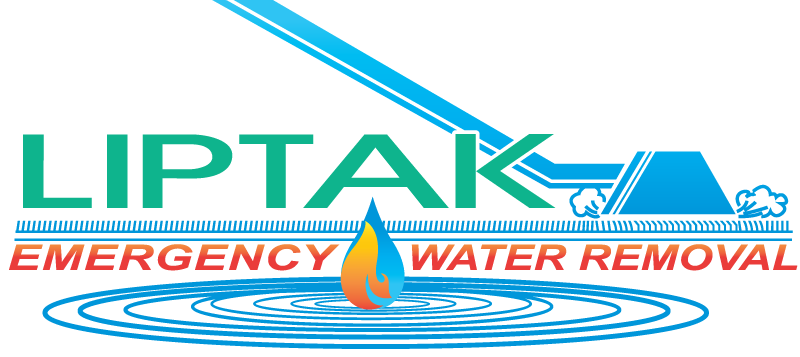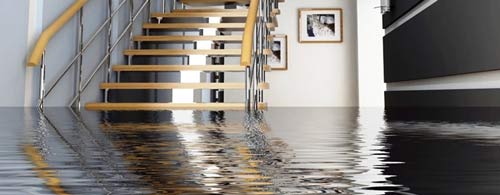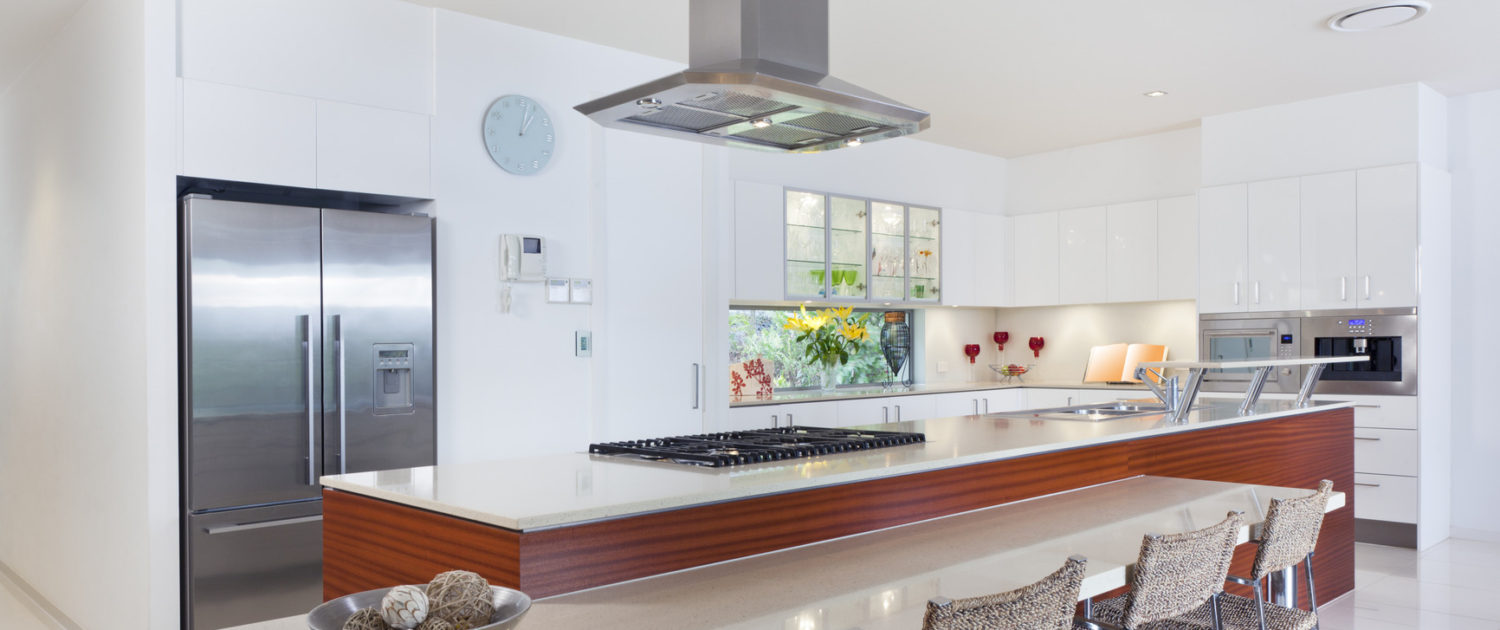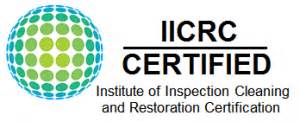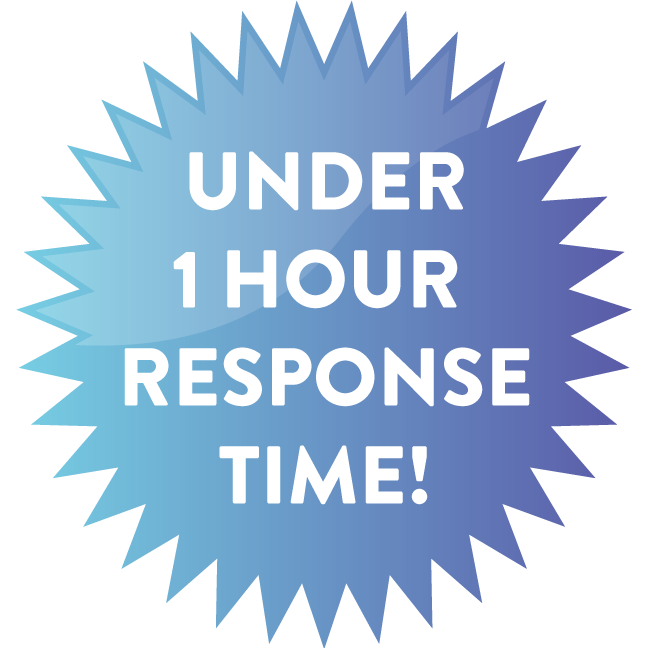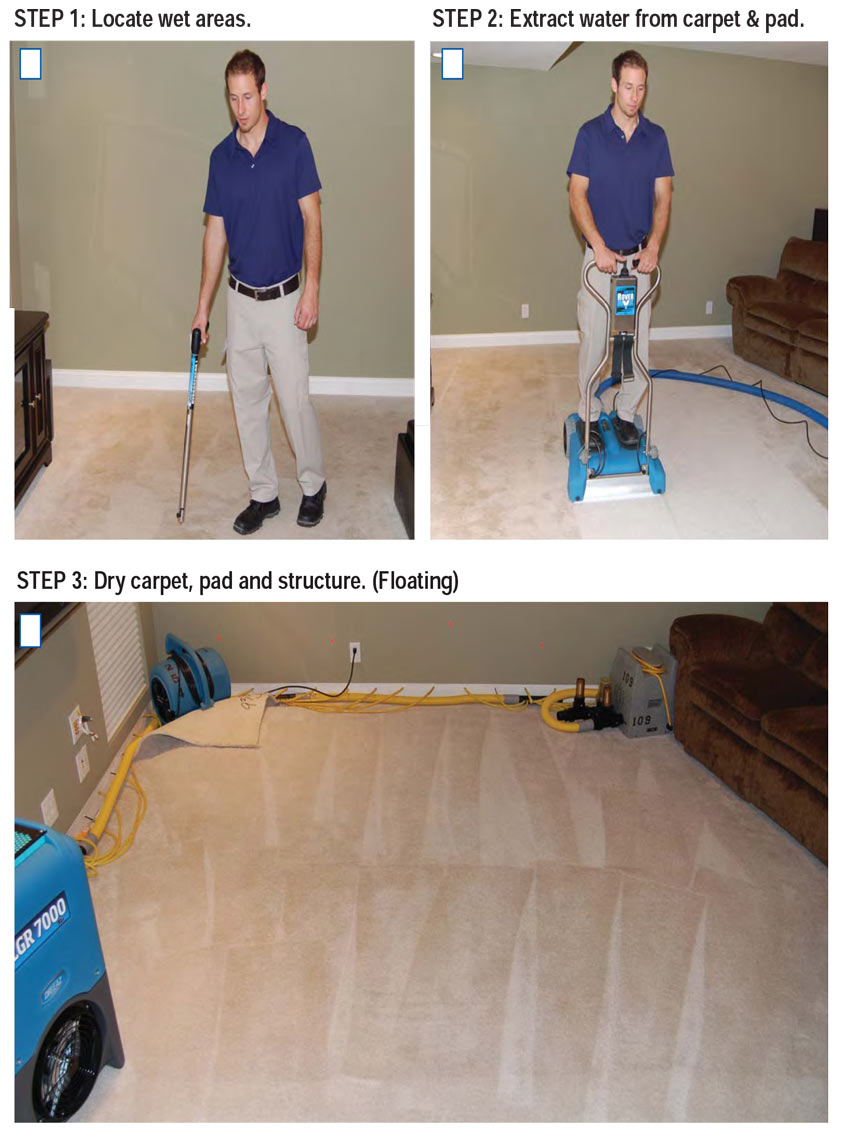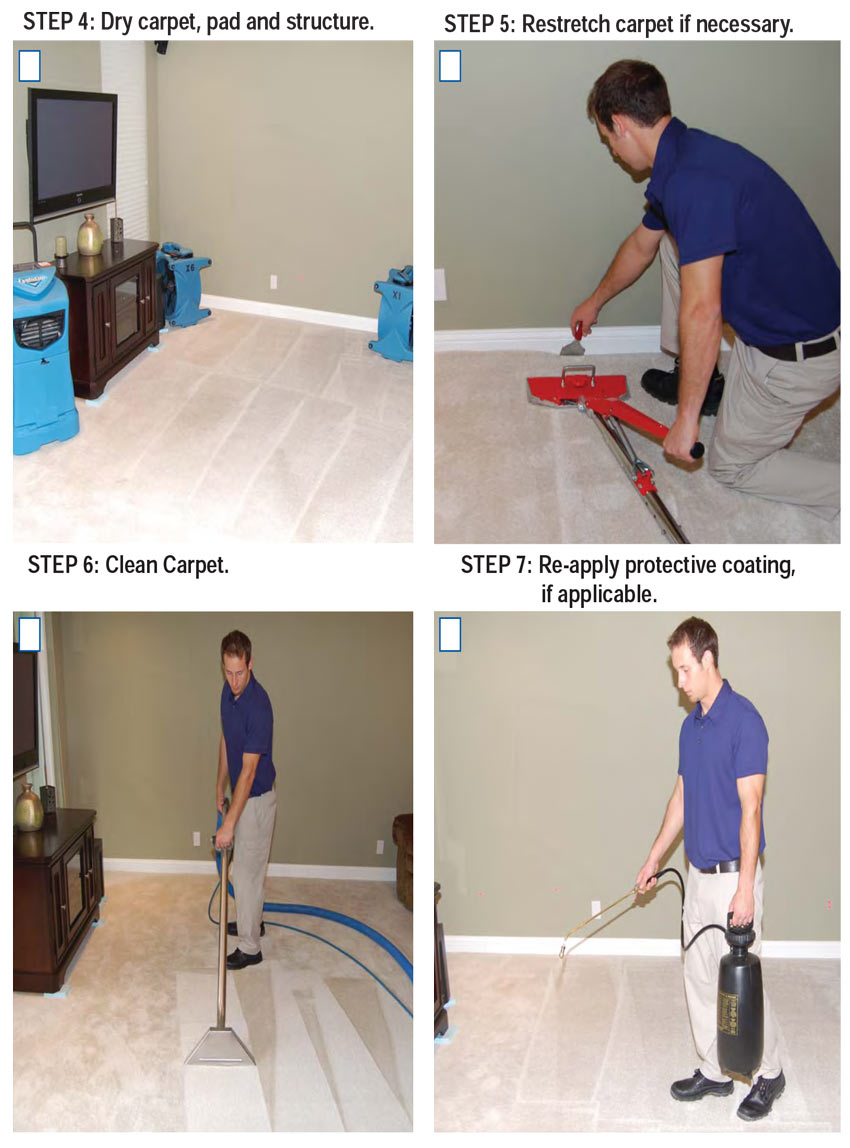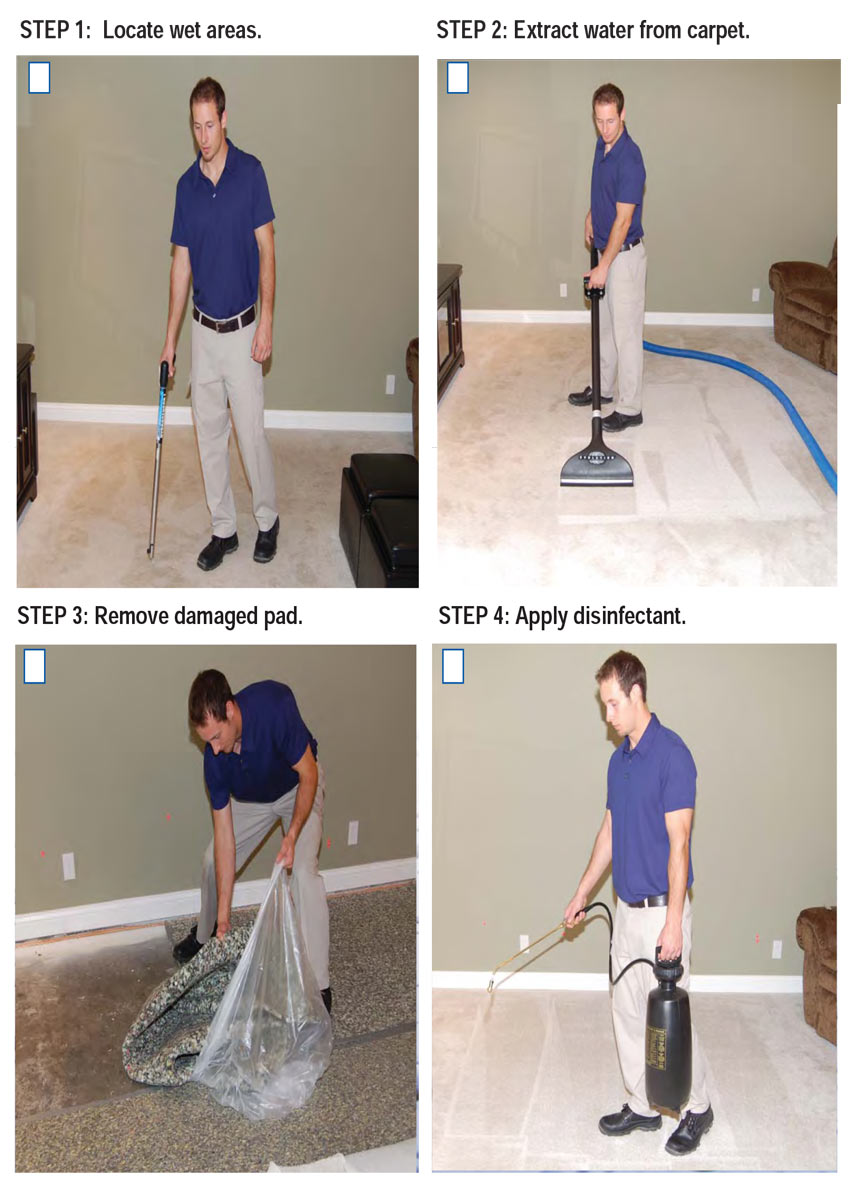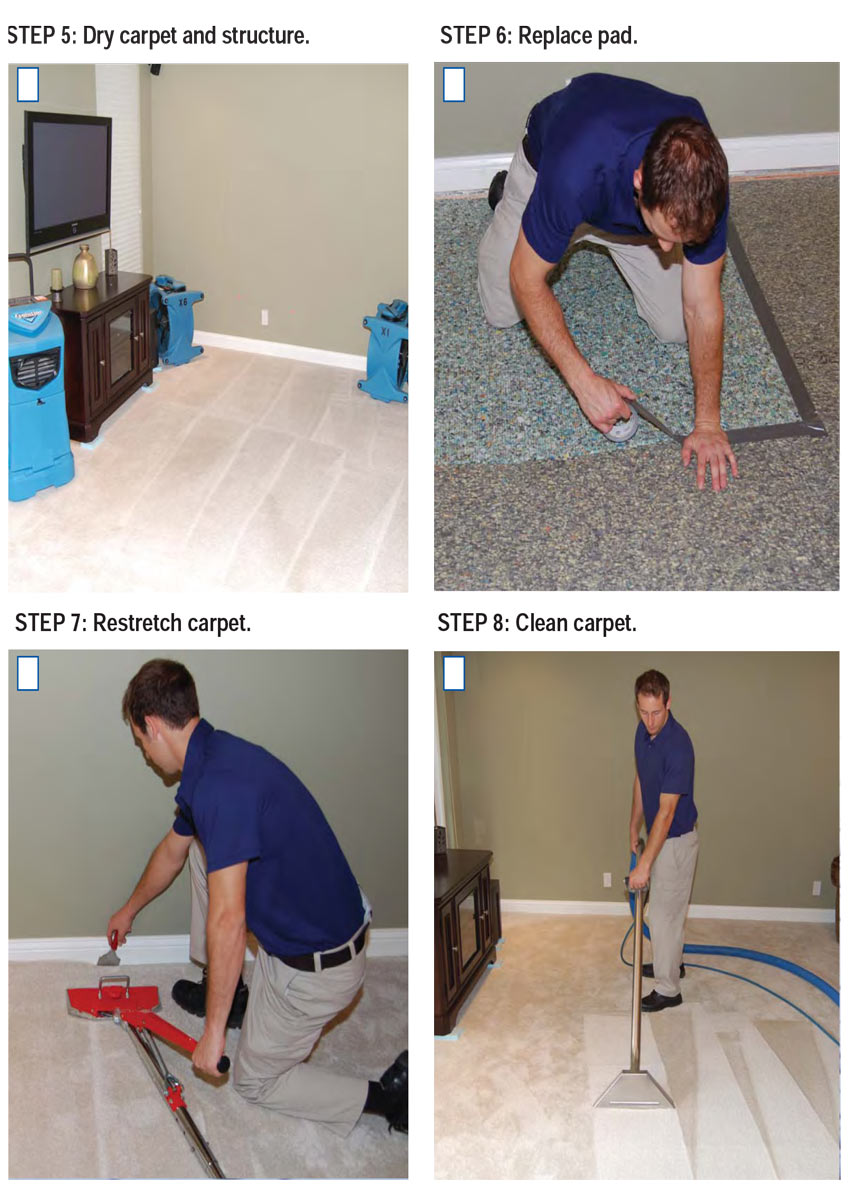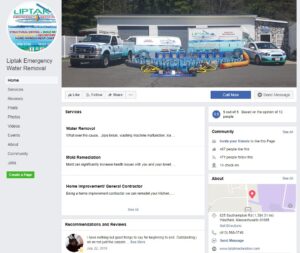Liptak Water and Flood Damage Restoration
FAST – QUALITY – PROFESSIONAL emergency
- 24/7 Emergency Service Hotline
- FREE Damage Consultation & Analysis
- Trained, Experienced & Certified Technicians
- All Work Completed & Guaranteed
- Licensed, Certified & Insured
- Direct Insurance Billing
- Residential & Commercial
IICRC Certified Technicians
Why use an IIRC Certified Technician? Professional restoration technicians understand the need for quick response. Immediate remediation is key to controlling any escalating costs. The longer the remediation is delayed, the higher the cost of restoration. Certified restorers have the knowledge to test materials and apply the restoration techniques required to return the items to their pre-loss condition. Always look for the IICRC logo to verify IICRC certification.
Water damage can strike at any time and it can leave a trail of destruction in it’s wake. Water damage restoration may look easy, but it is inadvisable as a ‘do it yourself job’. Water damage restoration needs professional attention. Many factors have to be considered in restoration and the process may vary from property to property. Action to restore water damage should never be delayed. Once our IICRC Certified Technicians are called they will carry out a loss assessment on the property. They will document in detail all materials that were damaged by water. They will carry out the assessment using water sensing equipment such as probes, infrared tools etc. to determine the source and extent of damage. Once this is done, a plan of action can be formulated which is suitable to restore the water damage. Next the water damage will been assessed as to its Category and Class, then the procedure for restoration can be determined.
When working within a residence or office space requires working around the contents, they may have to be moved. At times the contents may also require treatment for water damage such as sterilization, sensitization, deodorization, drying etc. After the water has been extracted, then drying equipment is put in place to dry the area. The usual tools used for drying are heaters, air blowers, dehumidifiers etc. We inspect the area within 24 hours and if an area is dry the equipment is relocated or removed, depending on the ground situation. Once the temperature, humidity and moisture content is within acceptable and safe limits, the equipment will be removed and the restoration process can begin.
We are a full service Water Damage emergency mitigation company with the equipment and experience necessary to handle the most challenging situations. We help you from your initial call all the way through completion when your life becomes normal again.
Floods
During a flood cleanup, the indoor air quality in your home or office may appear to be the least of your problems. However, failure to remove contaminated materials and to reduce moisture and humidity can present serious long-term health risks. Standing water and we materials are a breeding ground for microorganisms, such as viruses, bacteria, and mold.
They can cause disease, trigger allergic reactions, and continue to damage materials long after the flood.
from www.epa.gov/flood
24/7 SERVICE CALL 413-568-3740 NOW!
Flooding and water damage happen when you least expect it. No worries, Liptak Water Damage restoration is on call 24 hours a day, 7 days a week. Our experienced Flood damage cleanup team is ready to serve Western Mass anytime day or night.
Water Damage If Left Untreated!
Types of Water Damage
Category 1
Category 1 Water originates from a sanitary source and poses no substantial risk from dermal, ingestion, or inhalation exposure. However, it may not always remain clean after it comes in contact with other surfaces or materials.
Category 2
Category 2 Water contains significant contamination and has the potential to cause discomfort or sickness if contacted or consumed by Humans. It may contain potentially unsafe levels of microorganisms or nutrients for microorganisms, as well as other organic or inorganic matter (chemical or biological).
Category 3
Category 3 Water / Sewage is grossly contaminated and may contain pathogenic, toxigenic or other harmful agents. Such water sources may carry silt, organic matter, pesticides, heavy metals, regulated materials, or toxic organic substances.
For More info on Category 3 Water, Sewage Cleanup, and Liptak Sewage Restoration Service click the button here.
